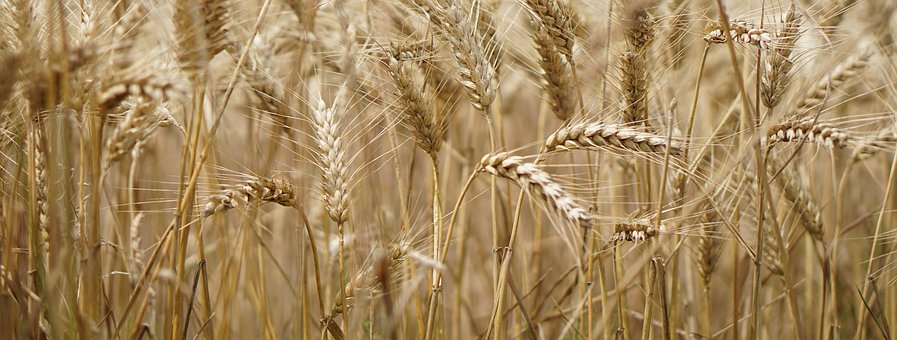
The substantial immobility of pre-industrial society overlaps with the immobility of the productive potential of the environment, driven by an evolution that only knows the slowness of biological times. The foods of vegetable origin known today are practically almost the same as those of the Neolithic. The archaeological findings of seeds of different grains, such as beans, lentils, barley, millet and wheat highlight the ancient use of many food plants still in use.
Even the most common food transformations, such as polenta, focaccia, bread, beer, wine, oil, have remained essentially identical.
In the effort to define the historical determinants of the Mediterranean food model, we first consider the common presence of some fundamental foods, which characterized the earliest known forms of Mediterranean food and which spanned over 2000 years of history. The wheat and the barley for bread, the vine for wine, the olive tree for oil, are the natural resources that the Mediterranean environment has hosted since the time of the first civilizations and that have necessarily been taken as emblematic elements of the food models of the Greco-Roman culture, as well as of the same idea of Mediterranean food.
If the undeniable primogeniture is to be recognized to the Greek civilization for a large part of what materially and culturally it will later be handed down to the West, it is in the cohesive strength of the Roman civilization that an ideal synthesis of the alimentation can be found for the whole Mediterranean region of the ancient age. A role that together with the temporal collocation summarizes the variety of all the different and heterogeneous geographic aspects of the Mediterranean environment and of that surrounding it; from the coasts of Africa to the Po Valley, from Greece to the island Italy, the Roman presence embraces such a vastness of landscape to be a privileged witness of the material and cultural reality present within the confines of the world.
The food of the Romans, far from being the food of all those peoples who lived on the shores of the Mare Nostrum, ideally summarizes the Mediterranean food culture of the ancient world, constitutes its ultimate legacy and the basis for future transformations.
Bread, oil and wine
The eighteenth book of the Naturalis Historia by Pliny the Elder opens with the classification and examination of individual cereals. this is the most extensive book of his great work and is dedicated to food; if it starts from cereals it is because, together with the legumes, they were the center of the food universe of ancient Rome.
The link between the two types of food is twofold: on the one hand the cereals combine a high level of starch with an appreciable protein content complementary to that of legumes; on the other there is an agronomic link: the cultivations of vegetables enrich the nitrogen soil, integrating with that depleting of cereals. Finally, both were united by an easy and durable shelf life. All these factors are able to explain the antiquity and the essential nature of an association that appears constant in the fields and in the kitchens.
But it is in the possibility of food processing that the reason why cereals are superior to legumes should be sought. Bread and beer, for example, are enough to explain it.
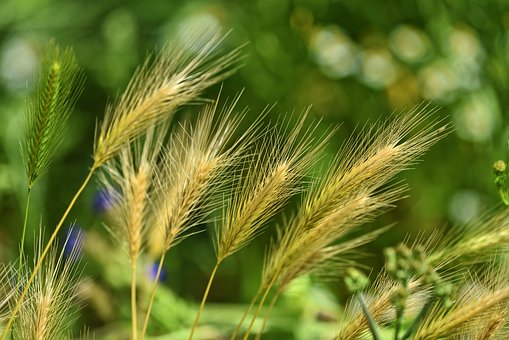
Barley remains the oldest of foods, the first cereal of Mediterranean food, then supplanted by wheat. The latter, although more delicate both for the cultivation and for the preservation, allowed an optimal leavening for its higher content in gluten. It will be this transformation, induced by yeasts and bacteria, that will make wheat flour the constant element of the popular Mediterranean food culture: bread.
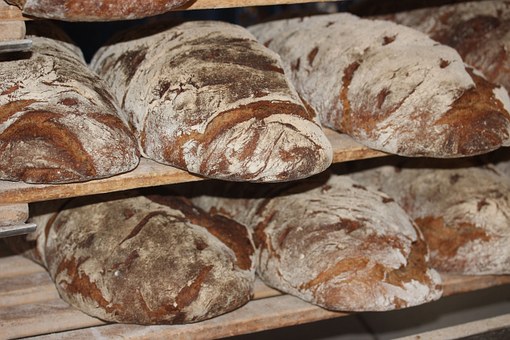
The social class and the ability to adequately feed itself with the percentage of other flours with which it was forced to knead their own bread will be measured.
But wheat and bread remained and remain the basis of Mediterranean food.
“And the dove returned to him in the evening; here it had an olive branch in its beak. Noah understood that the waters had withdrawn from the earth “(Genesis 8,11).
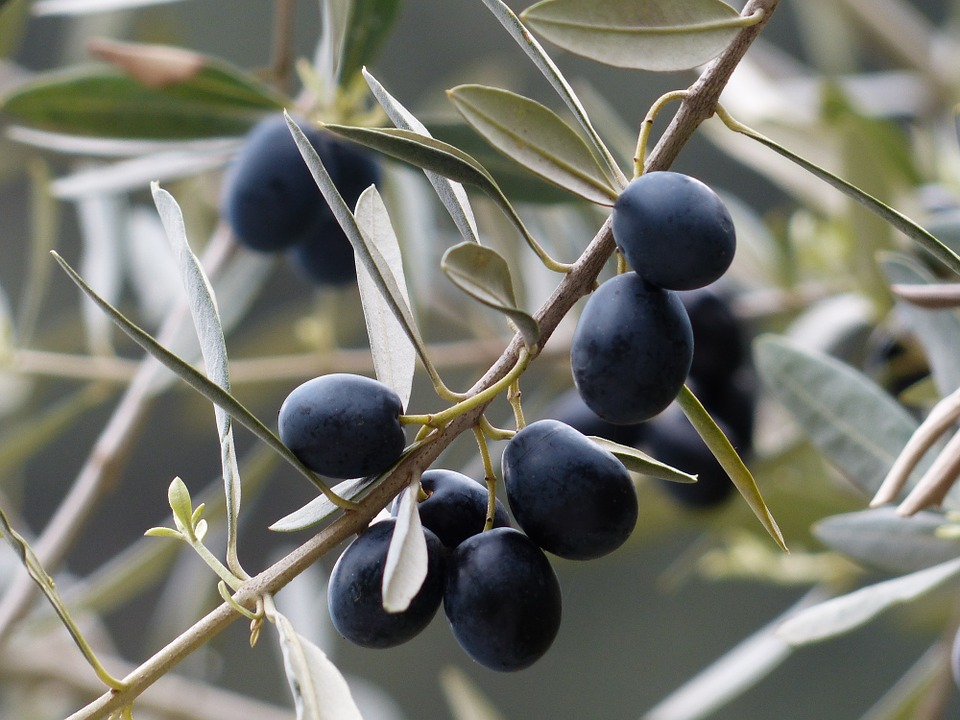
The symbolic meaning of the dove and the olive tree persist to the present day as messengers of peace and renewal. The Bible, however, does not speak only in a symbolic way, even if its ability to reject even after the death of the trunk, together with its longevity, make the olive tree an “immortal” tree; he also talks about it, referring to its economic and material importance.
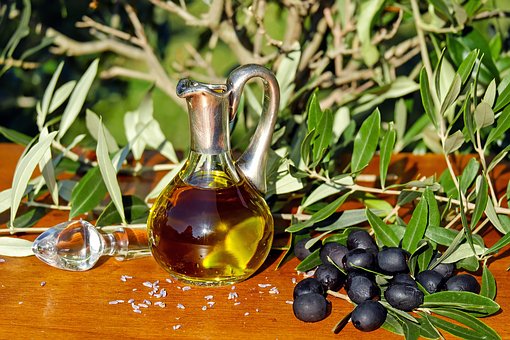
The oil, on the other hand, was used in all the circum-Mediterranean populations as food, but above all for the lighting, the ablutions and the care of the body. The current use almost exclusively food oil is due to an inversion of tendency, which has its origin in the profound material and cultural transformations that at the end of the ancient and early Middle Ages were mainly in the Mediterranean regions Western: on the one hand the repeated barbarian invasions that determined a social ruralization that pushed towards self-consumption; on the other hand, the Christianization of the West spread a cultural model that had one of its strengths in the “denial of the body” and those care dedicated to him that had characterized both Greek and Roman culture.
In short, the “Christianization of the oil” made it possible to determine until the present day a shift in the use of oil from the outside to the inside of the body.
The third food par excellence, which completes the triad of Mediterranean cuisine in the field of nutrition, is wine.
Many erroneously believe that it was appreciated by the circum-Mediterranean populations above all for its inebriating power, the wine, however, like all the alcoholic drinks, was the most popular form of alimentation, indispensable where it was not possible to have safe water for health. Difficulty almost unsurpassed, especially for urban populations.
While in the East the habit of sipping tea, in essence boiled water made less unpleasant by the scent of some leaves of Camellia sinensis, guaranteed health from infected waters, in the West we turned to wine and beer. The two eating habits have determined two different “specializations”: while in the West almost everyone has the enzyme indispensable for the complete metabolization of alcohol, it is not so in Asia, where about half of those populations do not have it. Here is a proof, in our opinion, that cultural factors, even dictated by environmental requirements, are able to influence the evolution of our species.
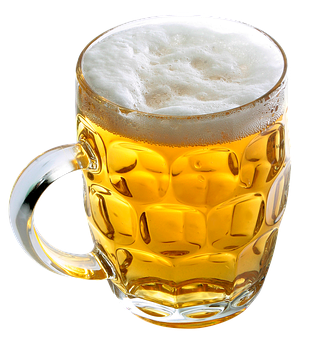
If beer was the first fermented beverage of peoples who frequented the Mare Nostrum (tablets of Mesopotamian clay, dating back more than 6000 years ago, report recipes for the brewing of beer), it was then the wine that asserted its primacy in the Mediterranean. A wine undoubtedly different from that familiar to us, containing significant amounts of acetic acid and other organic acids that developed freely during fermentation, and that made it look more like vinegar than Brunello. But it was very suitable for making water drinkable.

Both the New and the Old Testament almost never mention water as a drink; identical to the Greek texts, except for some writings that boast the particular virtues of mountain springs, they very rarely mention the quenching qualities of water. All this suggests that in the western way, due to constant assumptions of small quantities of alcohol, the “normal” condition was, probably in a significant part of the population, that of one even if slightly altered from alcohol.
Nevertheless, the drink must be recognized that even the caloric content, such as the contribution of essential micronutrients, vitamins and minerals contained in it, must nevertheless have had a considerable importance from a nutritional point of view in populations that normally had to cope with food shortages. .
…….. and pasta?
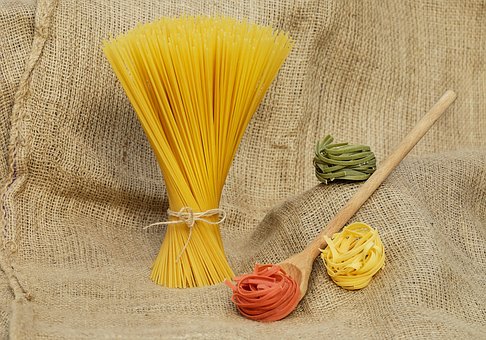
National pride or unbearable and worn out stereotype, depending on the opinions, the pasta is more than Mediterranean especially Italian. Certainly a source of income, as Italy is the first pasta producer nation (even if more recently the affirmation of the “Mediterranean diet” has seen many nations, the United States in the lead, equip itself for this type of production), the success of this food is due to the excellent nutritive power and low price.
However, pasta is not an ancient food like bread: it is affirmed above all following the cultivation of hard grains in the south of the peninsula, in the Genoese and in Tuscany, as a mixture of durum wheat flour and water; while the impossibility of cultivating hard grains imposes another type of pasta to the Po Valley traditions, made with soft wheat flour, water and eggs.
The geographical stages of the diffusion of this food are not clear; a probable Eastern and Arab matrix is suspected, but due to the terminology that describes it in a non-homogeneous way and the different local ingredients that were used for the various types of dough, it is very difficult to make reliable conjectures.
Certainly we know that, although already known in the two hundred, the full spread of pasta, as we know it, was around the middle of the eighteenth century, when for some decades in the Neapolitan was accompanied by the seasoning based on cheese, becoming “macaroni”.
The centrality of this food, which is well preserved dried, and which cooked is also easily combined with vegetables and condiments based on meat, depending on the class and the days more or less “remembered” of the year, is contemporary history and ours daily habit.
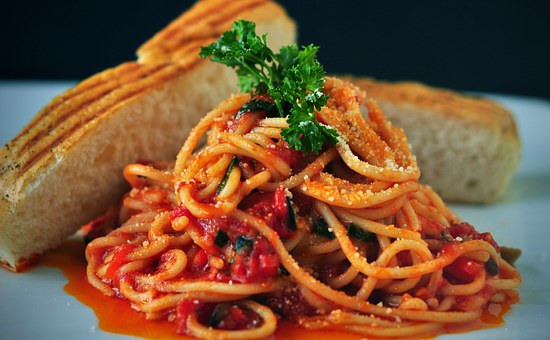
Credits:
Author: Anna Lacci is a scientific popularizer and expert in environmental education and sustainability and in territory teaching. She is the author of documentaries and naturalistic books, notebooks and interdisciplinary teaching aids and multimedia information materials.
Translation by Maria Antonietta Sessa



